**If you prefer reading instead of watching, here’s a transcript of the video above.**
Have you ever looked at a instructional video for Squats and wondered why, no matter how hard you try, you just can’t seem to get YOUR squat to look exactly like that? Have you spent countless sessions chasing after the “Perfect Squat” only to find that you’ve never quite been able to get there?
Well in today’s article, I’m going to talk to you about Squats and why different people HAVE to squat differently.
Now, let me start by saying: THERE IS NO SUCH THING AS A “PERFECT SQUAT”. There is however, The Perfect Squat FOR YOU.
This is because NO TWO PEOPLE ARE BUILT THE SAME.
Between two people, there can be VAST differences in individual joint mobility as well as structural and anatomical differences between people which includes not only differences in limb length & proportions; but also the shape of specific joint and bone structures like in this case the pelvis and your femurs.
To show you what I mean, here are a few comparison images:
1) Here you see two different pelvises of the same size but with a clear difference in the space in the joint
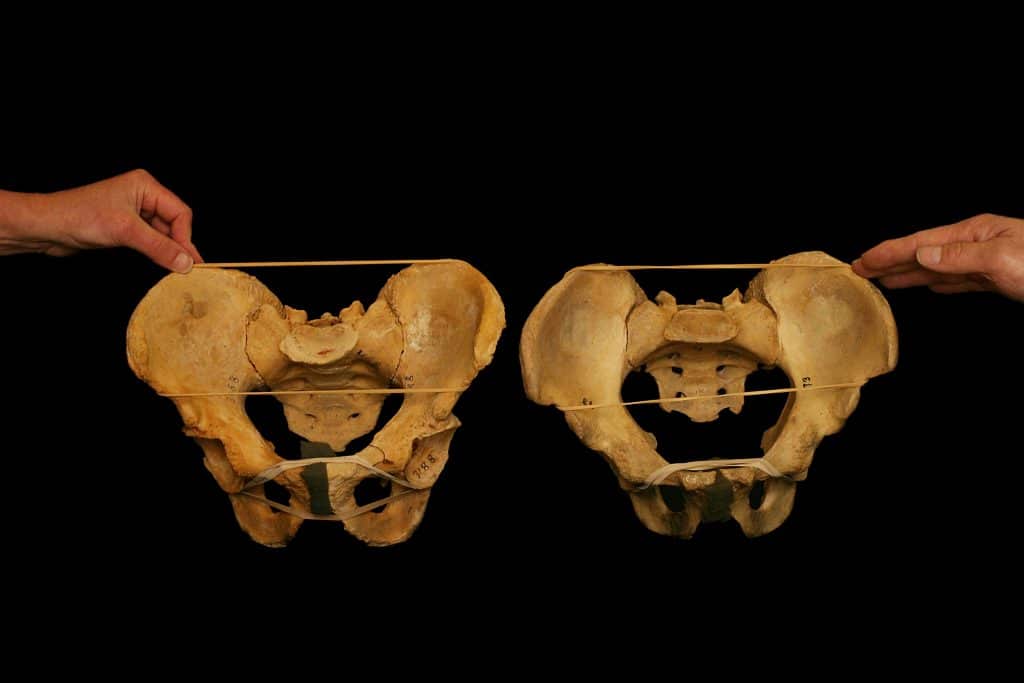
Will that change how their respective squats will ultimately look? Absolutely!
2) Here again you see two different pelvis with clearly different shapes.
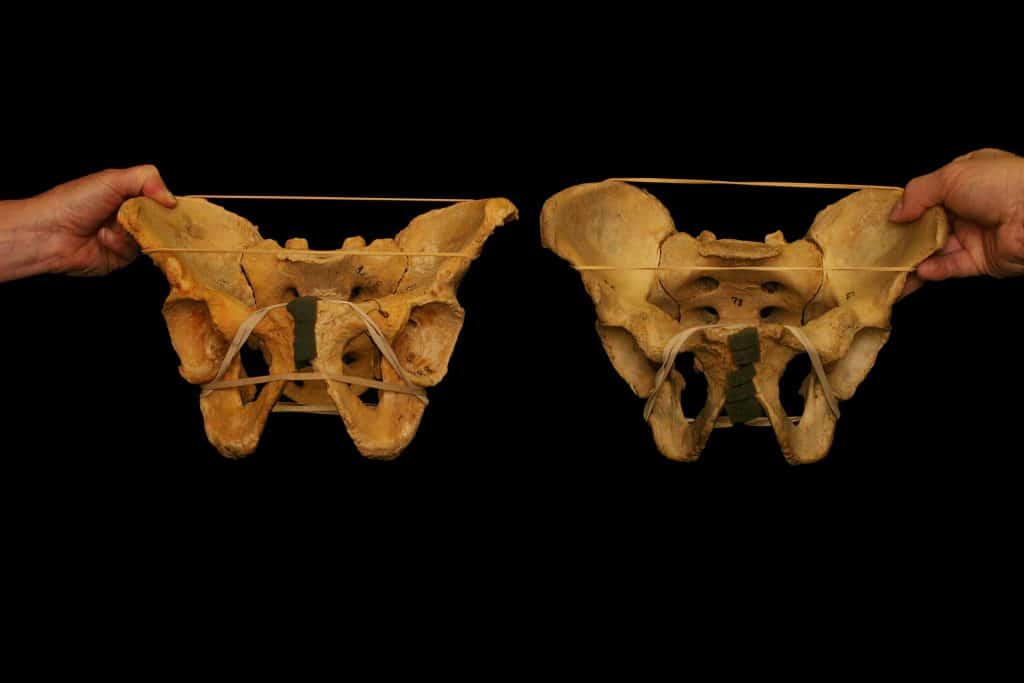
Depending on the shape, there could be actual bone getting in the way restricting your movement and no amount of mobility work can “fix” that.
3) In image #3, we see a difference where the acetabular cavity i.e the hip socket where the femur bone attaches; is pointing. One points straight out to the side whereas other points down and forward.

Will that affect your biomechanics? Definitely.
And all of this is just differences in the pelvis! If we look at the femur i.e your upper leg bone; you’ll see vast variances too. Once again, let’s have a comparison
4) Image 4: Here you see the femur on the left points to the side whereas the other points at an angle upwards
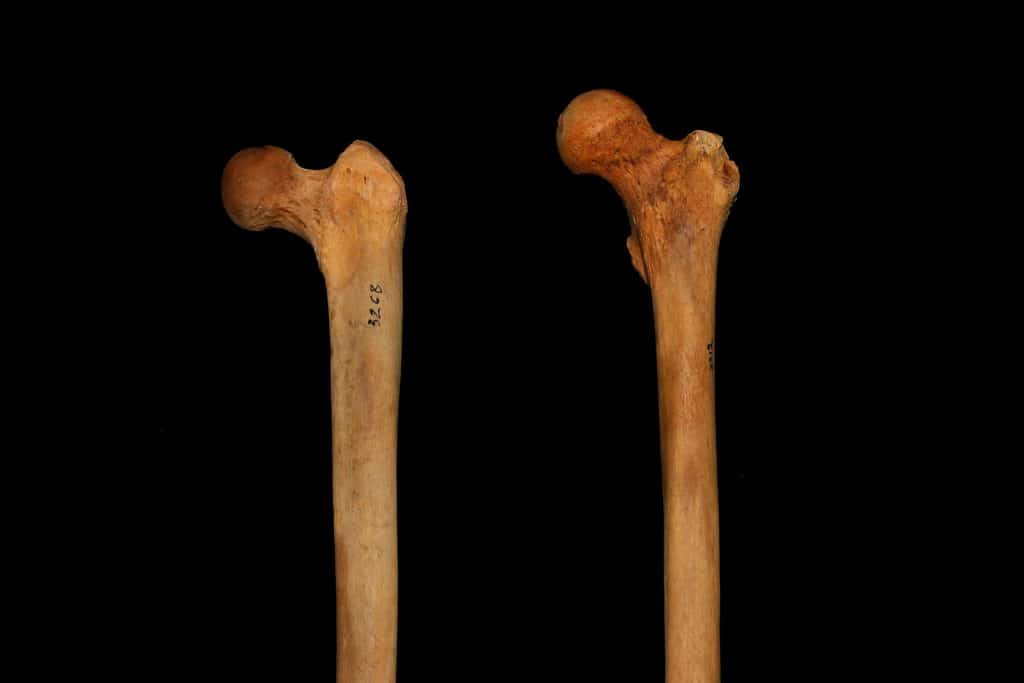
5) Image 5: In this case you see the ball of the ‘Ball & Socket’ joint of one is longer than the other

6) Image 6: And here we see how one attaches to the hip socket horizontally from the side whereas the other attaches at an angle inward.
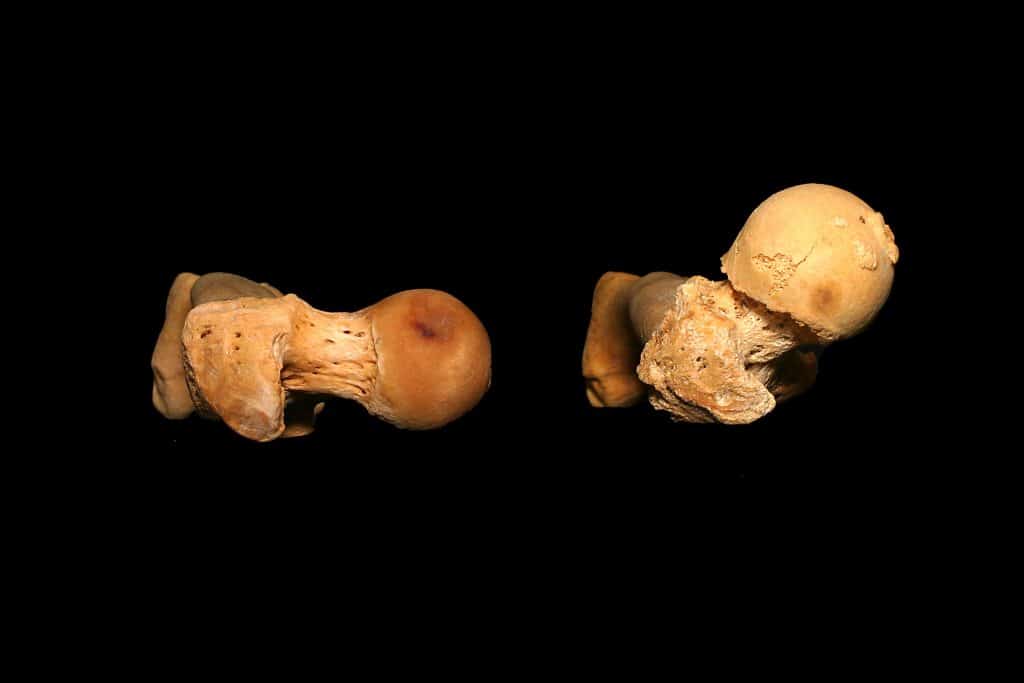
Now each of these structural differences WILL have a bearing on how your body moves and therefore ultimately how your squat form would look like. And again, we’re ONLY factoring individual joints and bones here that too just the pelvis and the femur.
If we look at the body as a whole and your overall relative proportions, you’ll see MASSIVE differences in squat form with changes in your overall proportions.
1) Here’s a comparison of what happens if you have a Long Torso & Short Femurs VS a Short Torso & Long Femurs.
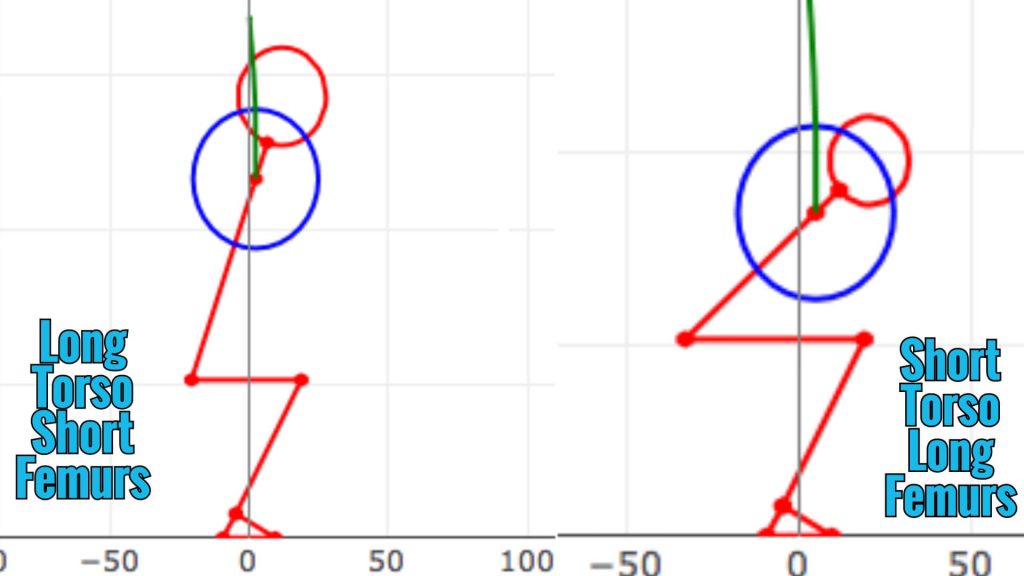
As you can see, a person with a long torso & short femur can hit parallel with very little forward lean of his upper body. Whereas the Short torso, long femur guy is leaned far more forward to hit the same depth.
2) Here’s another comparison, this time with someone with Long Femurs & Short Tibias where you see the torso collapsed forward to hit parallel vs someone with Short Femurs & Long Tibias who’s almost upright while hitting the same depth.
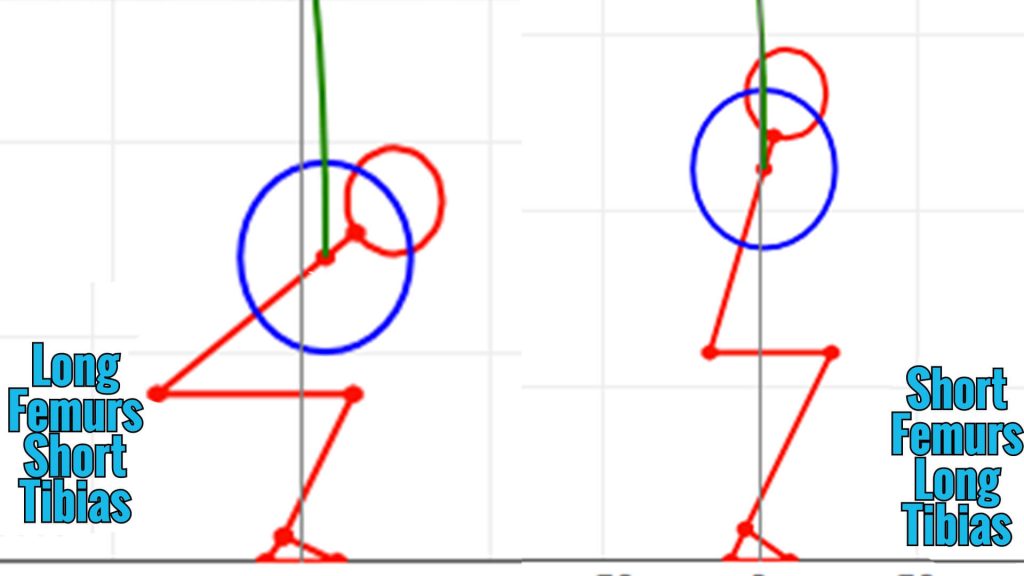
Btw, now’s a good time to mention this REALLY cool website that gives you a model and actually allows you to manipulate different body part lengths, stance width, bar position, join ROM etc. and see its outcome on what the squat would ultimately look like. You can even plug in your own measurements to see what YOUR squat would look like based on your proportions.
The site is called MySquatMechanics.com . I’ll drop a link to it in the description. Check it out.
And then of course there’s the factor of individual joint mobility which also influences squat form.
Now while you can and SHOULD do something to improve joint mobility if that’s an issue; more often than not, the bigger player here are the structural differences and there’s nothing you can do about that.
So the real LESSON here is that NO TWO PEOPLE SQUAT THE SAME because NO TWO PEOPLE ARE BUILT THE SAME. And for you to look at some textbook definition of what a squat should look like and bend over backwards to try and replicate that is not only pointless but can take you away from making actual progress in the lift and in many cases, can HURT you if you try to force your body to move in a way its not BUILT to move in.
So the moral of the story here is that there is no, ONE SINGLE PERFECT SQUAT FORM that applies to all.
HOWEVER, what DOES exist is the perfect squat form for YOU. YOUR body. YOUR biomechanics.
And while I will be doing a separate video showing how to Squat and how to adjust the squat as per your body; the simplest piece of advice I can give you that you can apply right now is to Squat in the MOST COMFORTABLE way that allows you to meet the following criteria:
1) Keep your heels planted on the floor
2) Keep your spine neutral and tight throughout
3) Sit as deep as you can while ensuring the above 2
Most importantly though, is to find the form that allows you each of the above in the MOST COMFORTABLE way.
Again, I will be covering each of these in detail in future videos but for now, as long as you’re able to accomplish each of these; then your squat form is fine. Regardless of whether or not it looks like the form you see in a text book.
Hope you’ve found this piece informative and if so, please SHARE it so it can reach out to as many people as possible.
Keep Learning, Keep Growing!
Suneet



Is the distance between joints was larger, force you make wide stance squat ???
Does the depth of the pelvic cavity limit the ability of making deep squat ?
If person have weak internal rotation, what is the best squat variation he can do ???
> Yes
> Yes, a deeper pelvic cavity makes it harder to hit depth.
> You will need a wider stance with toes pointing further out. Coupled with a lot of stretching of the external rotators and direct strengthening exercises for the adductors.